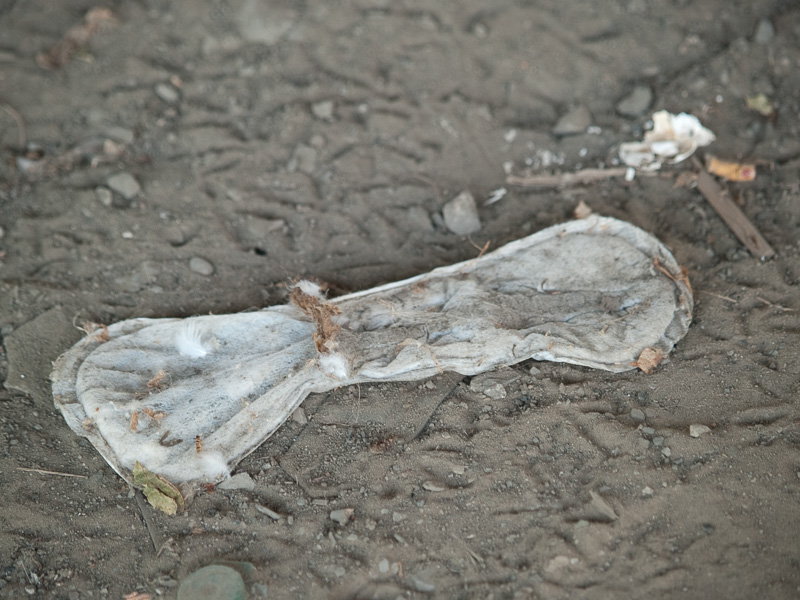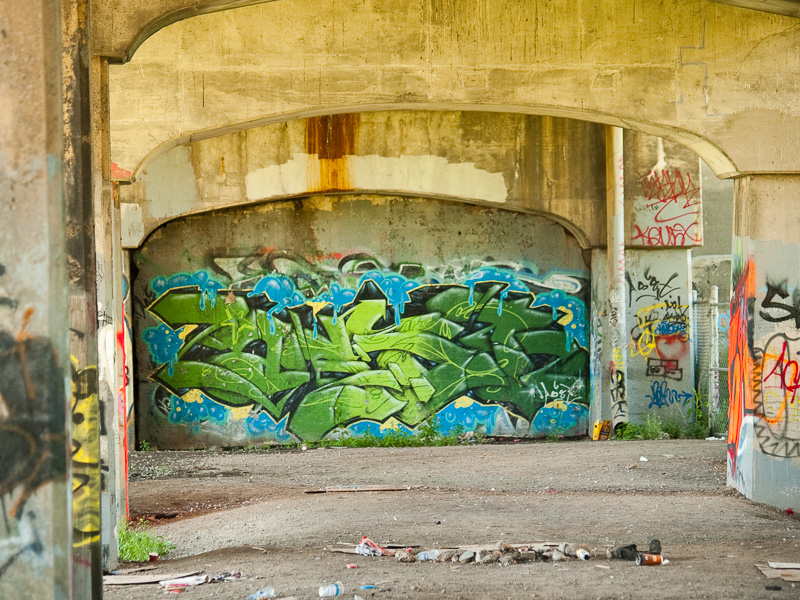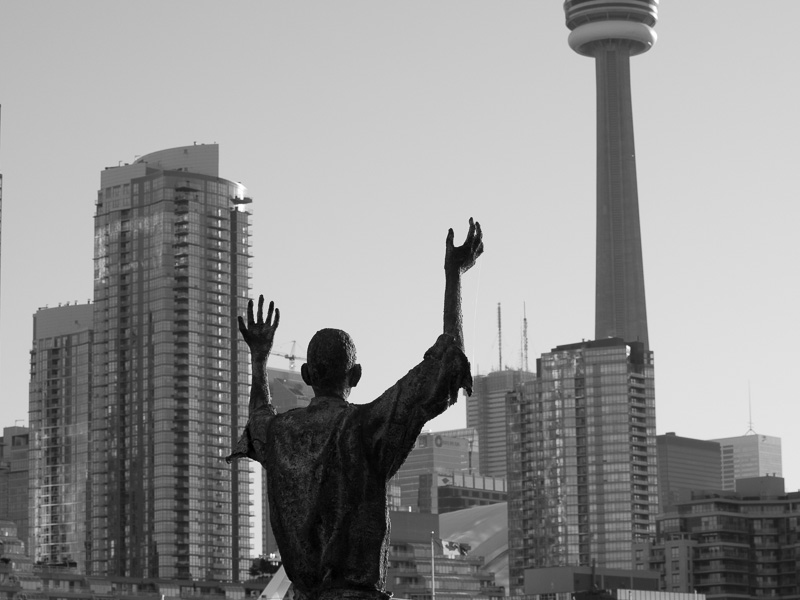
Opened on June 21, 2007, Ireland Park is a small memorial to the 38,000 Irish refugees who fled the potato famine of 1847 and were received in Toronto (which then had a population of 20,000). Imagine today if Toronto opened its arms to almost twice as many refugees as its own population! The park is at the foot of Bathurst Street, wedged between the waterfront and the Canada Malt Grain Silos. There are five statues by Rowan Gillespie, haunting figures of suffering that stand in contrast to the corporate kitsch that litters our city. 1100 died upon arrival. When the Ireland Park project began, only 30 of the dead were known. Now, the names of 675 have been etched on a limestone wall. Efforts continue to identify the rest of the dead.
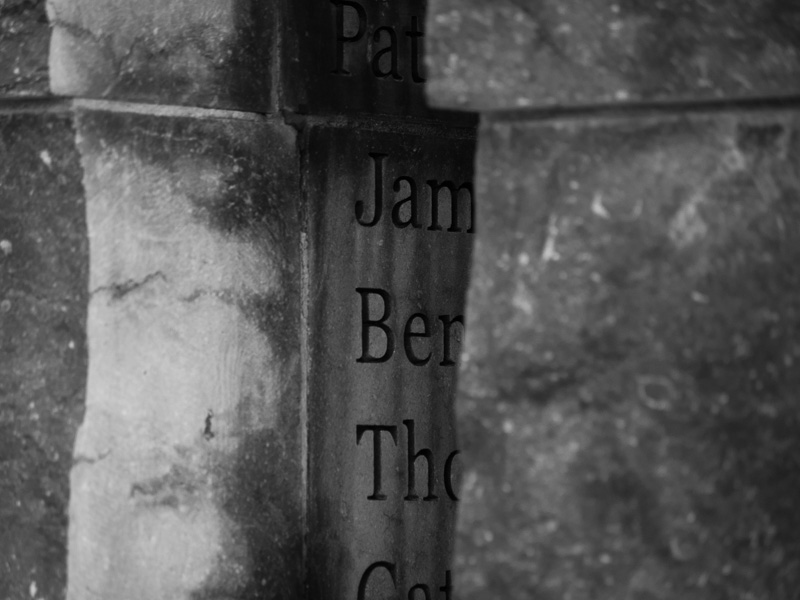
Poverty is anonymous because we allow it to be anonymous. If you walk north up Bathurst St., and pass under the Gardiner Expressway, with Fort York to the left and the railway lands just ahead, you can find plenty of evidence that anonymous poverty persists more than 160 years after the potato famine. There are steps from Bathurst St. beside Fort York Blvd. that go down to a path. Cutting back at the bottom, you can duck under the Bathurst St. bridge. There you’ll find firepits, cardboard spread on wooden pallets, old socks, a blanket slung over a fence, a skillet in the dirt, an open jar of peanut butter, an dirty maxipad. And everywhere … graffiti!
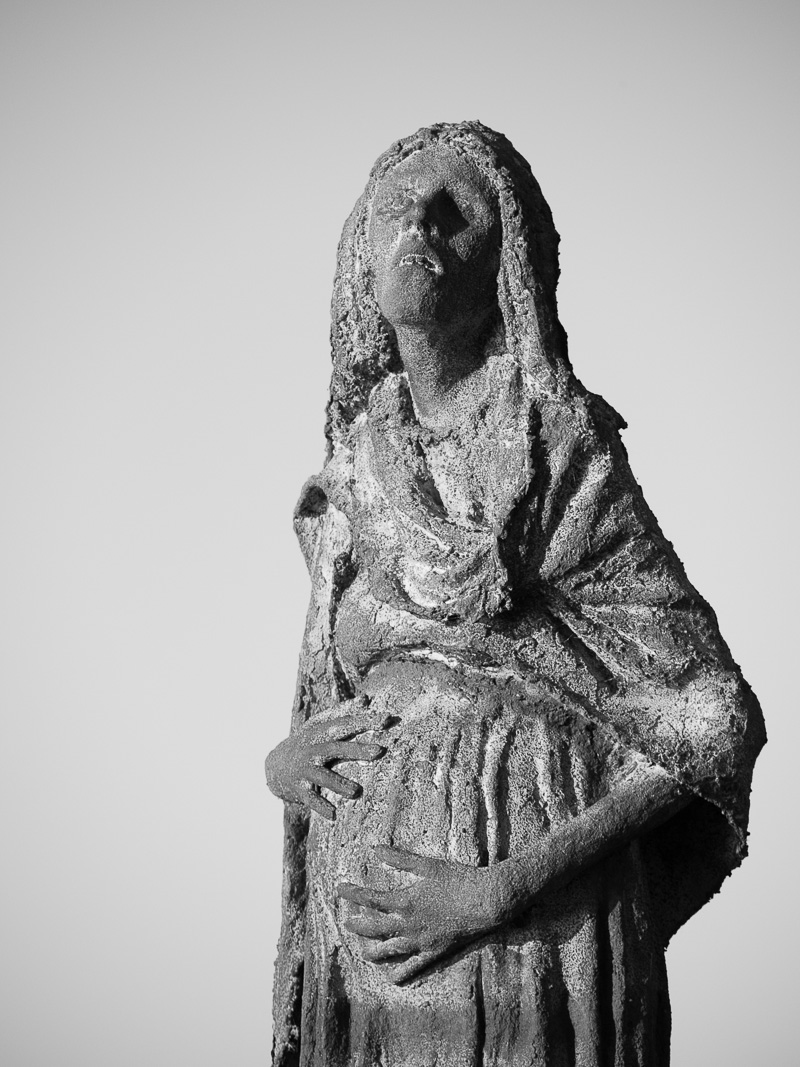
When I entered this space with my companions, we stepped into it with hushed tones, as if we were entering a stranger’s house. We felt like intruders. The graffiti seemed like an effort to give warmth to an otherwise stark place, to make it human. It reminded me of students in dorms who cover the cinder block walls with posters and photos. I wondered what happens to the people who live here. What are their stories. What are their names? Surely we don’t have to let them die and then exhume their identities to memorialize on cold stone walls, do we? What good are names on a wall if they don’t spur us on to prevent more names from being etched on the walls?
